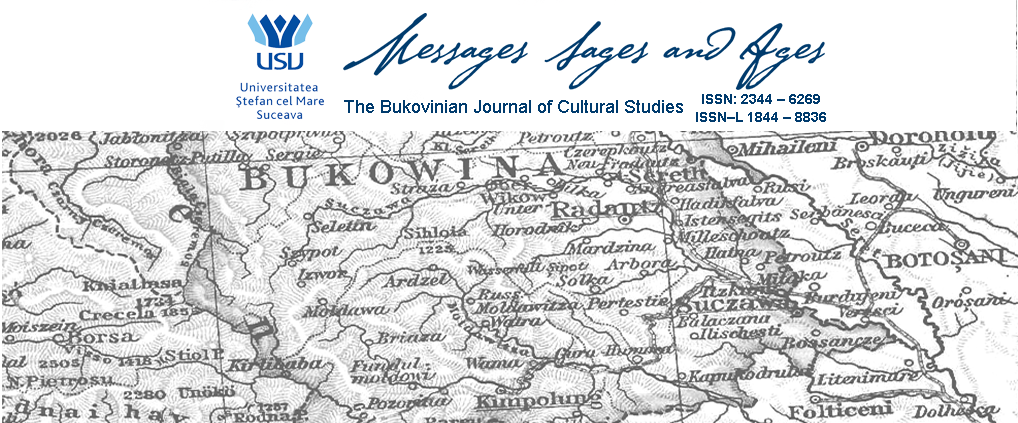South Africa, like many other Eastern countries, was a victim of the brutal phenomenon called colonialism. Its people suffered a lot but did not give up protesting against it. Literature was often used as a means to demonstrate the problems and realities of the society. Therefore, the literary texts can be considered an effective weapon in this battle. One of these influential people is Harold Athol Lanigan Fugard who is known for his anti-apartheid plays. This article scrutinizes the relation between the colonizer and the colonized in Athol Fugard’s My Children! My Africa! based on Homi Bhabha’s ideas. According to him, the relation between the whites and the blacks becomes reciprocal in the third space of enunciation. Despite their differences, they try to live peacefully. The mimicry strategy is employed by the colonized to prevent total resemblance. They are dependent on each other notwithstanding their opposition, and both are aware of this, which makes them stick together.
Parvin Ghasemi, Samira Sasani, Fatereh Nemati
Authors
Parvin Ghasemi is Professor of English Literature at Shiraz University, Iran; Samira Sasani is Assistant Professor of English Literature at Shiraz University, Iran; Fatereh Nemati is M.A. Graduate of English Literature at Shiraz University, Iran.
